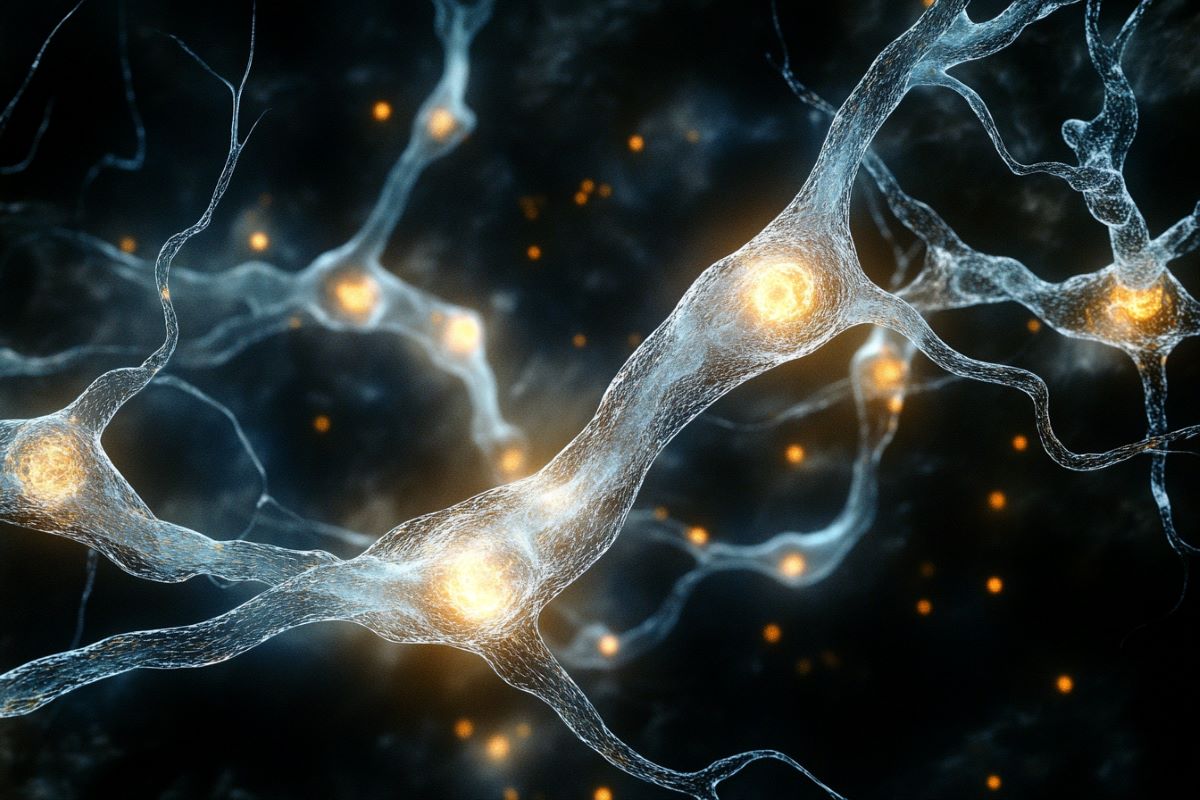Summary: New research reveals that long-term memory can form independently of short-term memory, challenging long-standing theories of memory formation. Scientists discovered this through experiments on mice, where blocking short-term memory didn’t prevent the creation of long-term memories.
This groundbreaking finding suggests a parallel pathway in the brain for forming long-term memories, offering hope for conditions like cognitive decline. Researchers are now delving deeper into this process, aiming to uncover mechanisms that could enhance long-term memory retention despite short-term memory disruptions.
Key Facts:
- Blocking short-term memory formation did not prevent long-term memory in mice.
- The brain appears to have a parallel pathway for forming long-term memories.
- This discovery could lead to new strategies for addressing memory-related conditions.
Source: Max Planck Florida
Researchers from Max Planck Florida Institute for Neuroscience have discovered a new pathway to forming long-term memories in the brain.
Their work suggests that long-term memory can form independently of short-term memory, a finding that opens exciting possibilities for understanding memory-related conditions.
Video Credit: Neuroscience News
A New Perspective on Memory Formation
Our brain works diligently to record our experiences into memories, creating representations of our daily events that stay with us for short time periods. Current scientific theories of memory formation suggest that short-term memories are stored in what we can imagine as a temporary art exhibition in our brain before being cleared out for representations of new experiences.
A tiny fraction of these short-term memories – those most relevant to us – are moved to a more permanent exhibit, our long-term memory, where they are stored for days, years, or decades.
The most prevalent theories suggest this is a linear process. Our experience is encoded into a short-term memory, which is then consolidated into a long-term memory. However, a new study by Dr. Myung Eun Shin, Dr. Paula Parra-Beuno, and MPFI Scientific Director Dr. Ryohei Yasuda suggests that there may be another way to long-term memory formation.
“This discovery is akin to finding a secret pathway to a permanent gallery in the brain,” said Dr. Shin, the study’s lead author.
“The prevailing theory suggested a single pathway, where short-term memories were consolidated into long-term memories. However, we now have strong evidence of at least two distinct pathways to memory formation—one dedicated to short-term memories and another to long-term memories. This could mean our brains are more resilient than previously thought.”
The Key Finding: Disrupting short-term memory formation did not block long-term memory
The research team focused on a specific enzyme in neurons called CaMKII, which is critical for short-term memory formation. Previously, they developed an optogenetic approach that uses light to temporarily deactivate CaMKII. With this tool in hand, the team set out to use light to block short-term memory formation in a mouse.
Mice prefer dark spaces and, when given a choice, will immediately enter a dark space from a brightly lit one. However, if a mouse is frightened in a particular dark space, the memory of the frightening experience will alter its behavior, and the mouse will avoid entering the dark space again.
When the research team used their tool to disrupt memory formation, even those mice that had a frightening experience an hour earlier entered the dark space, suggesting they had no memory of the experience. The scientists had successfully blocked short-term memory formation.
What happened next was surprising to the research team. A day, week, or even a month later, these mice were altering their behavior to avoid where they were previously frightened.
Mice that didn’t seem to remember the frightening experience an hour after it occurred, showed clear evidence of remembering at later times. In other words, blocking short-term memory of the event did not disrupt long-term memory.

“We were initially quite surprised by this observation, as it was inconsistent with how we thought memories were formed. We didn’t think it was possible to have a long-term memory of an event without a short-term memory.
“However, when we repeated these experiments and used multiple tools and approaches to verify our findings, we were convinced,” describes Dr. Shin.
“Rather than long-term memory formation being a linear process, that requires short-term memory, a parallel pathway to long-term memory formation that bypasses short-term memory must exist.”
Implications for Memory Dysfunction
This study has changed the model of how memories are formed in the brain. Significant scientific advances often come after previous models of understanding are overturned, and the team is excited to see where this line of research will take them.
“This new finding has revised our understanding. We are now investigating how this newly discovered pathway to long-term memory formation occurs. We are excited to see what we can learn and what this could mean for preserving long-term memory retention, even when short-term memory is compromised by aging or cognitive impairment,” says Dr. Yasuda.
About this memory and neuroscience research news
Author: Lesley Colgan
Source: Max Planck Florida
Contact: Lesley Colgan – Max Planck Florida
Image: The image is credited to Neuroscience News
Original Research: Closed access.
“Formation of long-term memory without short-term memory revealed by CaMKII inhibition” by Myung Eun Shin et al. Nature Neuroscience
Abstract
Formation of long-term memory without short-term memory revealed by CaMKII inhibition
Long-term memory (LTM) consolidation is thought to require the prior establishment of short-term memory (STM).
Here we show that optogenetic or genetic CaMKII inhibition impairs STM for an inhibitory avoidance task at 1 h but not LTM at 1 day in mice.
Similarly, cortico-amygdala synaptic potentiation was more sensitive to CaMKII inhibition at 1 h than at 1 day after training.
Thus, LTM does not require the formation of STM, and CaMKII-dependent plasticity specifically regulates STM for avoidance memory.







